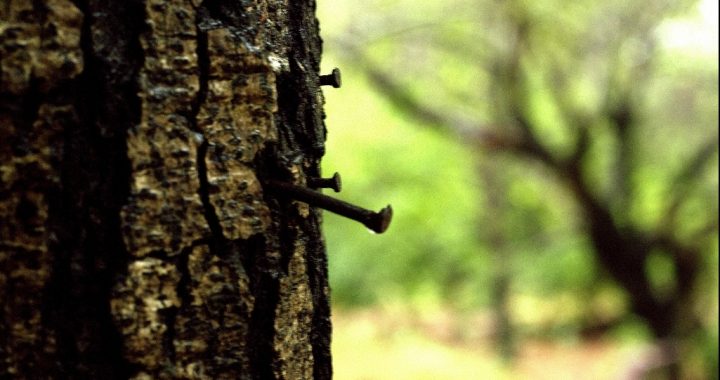(A version of this post was originally published here on January 29, 2018.)
I’m no psychiatrist but I’ve always been intrigued by the things people do and why they do them. Out of this curiosity, and over many years of observations, I’ve come to my own theories, and even beliefs, about people’s make-up. It is from these observations and a desire to understand people that the DoKnowBe Tree came to be.
One of the theories that I believe deeply is that arrogance in a person isn’t a sign of confidence, but a sign of insecurity. I’ve been exposed to many business leaders and athletes in my life. It seems that those who have a deep confidence in their abilities tend not to brag or oversell their accomplishments. They let their results speak for themselves. They don’t shy away from acknowledging what they’ve accomplished, though they often give a lot of credit to the other people and the circumstances that played a role in their success.
We encourage LEAD 24/7 participants and alumni to be transparent and authentic, which might make some of you feel vulnerable, but we believe this kind of vulnerability is an important part of being a person worth following. During the year we had you watch a few Brene Brown TED Talks (one is embedded at the end of the post if you’d like a refresher). We believe that a willingness to be vulnerable is one way that leaders can engage followers through influence rather than only through authority.
When I first wrote this blog post in December 2017, we had for the first time received pushback on our belief that being vulnerable as a leader is important enough to be a key topic in LEAD 24/7. This caused us to reassess our decision to include it. Honest pushback is good for us and it led us to some deeper clarity about why we believe great leaders are willing to be vulnerable. That clarity still resonates today in 2020:
- Being vulnerable just for the sake of being vulnerable isn’t the intention. We are NOT asking you leaders to show your deepest weaknesses and scars just for the sake of being vulnerable. No, the purpose of vulnerability is to help others. We ask that you be willing to go a step further than what is comfortable in sharing whatever is true about you IF it will help others on their journey, or if it will help your team and organization be more effective.
- Being vulnerable doesn’t mean being meek. It means being real. Authenticity is very important for today’s leaders. It’s always been a positive trait for leaders, but it’s especially important today because our younger generation seems to be demanding it of anyone they would choose to follow.
- Being vulnerable takes courage. If sharing something about me that would help someone else feels like it could cost me something important, then I will feel vulnerable sharing it. If taking a bold step that I believe needs to be taken causes me some fear, then I need courage to do it. This is another form of being vulnerable.
- Learning to live into my aspirational beliefs and values (the beliefs and values that I want to have, but my actions suggest I don’t really have) takes courage and vulnerability. If I want to be someone who speaks up about things I passionately believe in, but I don’t usually do it, it will take being vulnerable to start to live into that trait.
- According to Brene Brown’s research, three important outcomes require a willingness to be vulnerable: 1) real connection with others, 2) creativity, and 3) deep joy. We believe all three of these are critical to being a great leader. And while most of us DO NOT LIKE feeling vulnerable, those who follow us love it when we are.
Because of all of this, we are choosing to challenge ourselves to be leaders who are willing to be vulnerable if that will help you on your journey. I hope you find this refresher and our additional thoughts helpful. If you would like to push back on any of them (or affirm them), we would love to hear from you.
Thanks for your desire to grow as a leader worth following!
Rodg
And here’s that Brene Brown TED Talk:
Image by pratheesh prakash. Used under CC BY-SA license.

